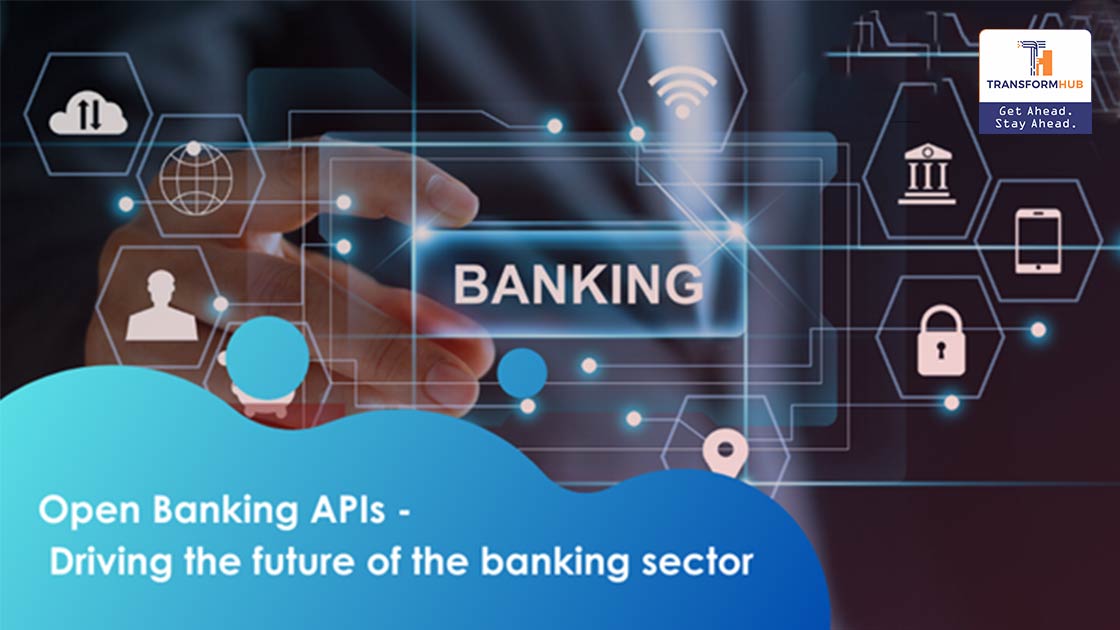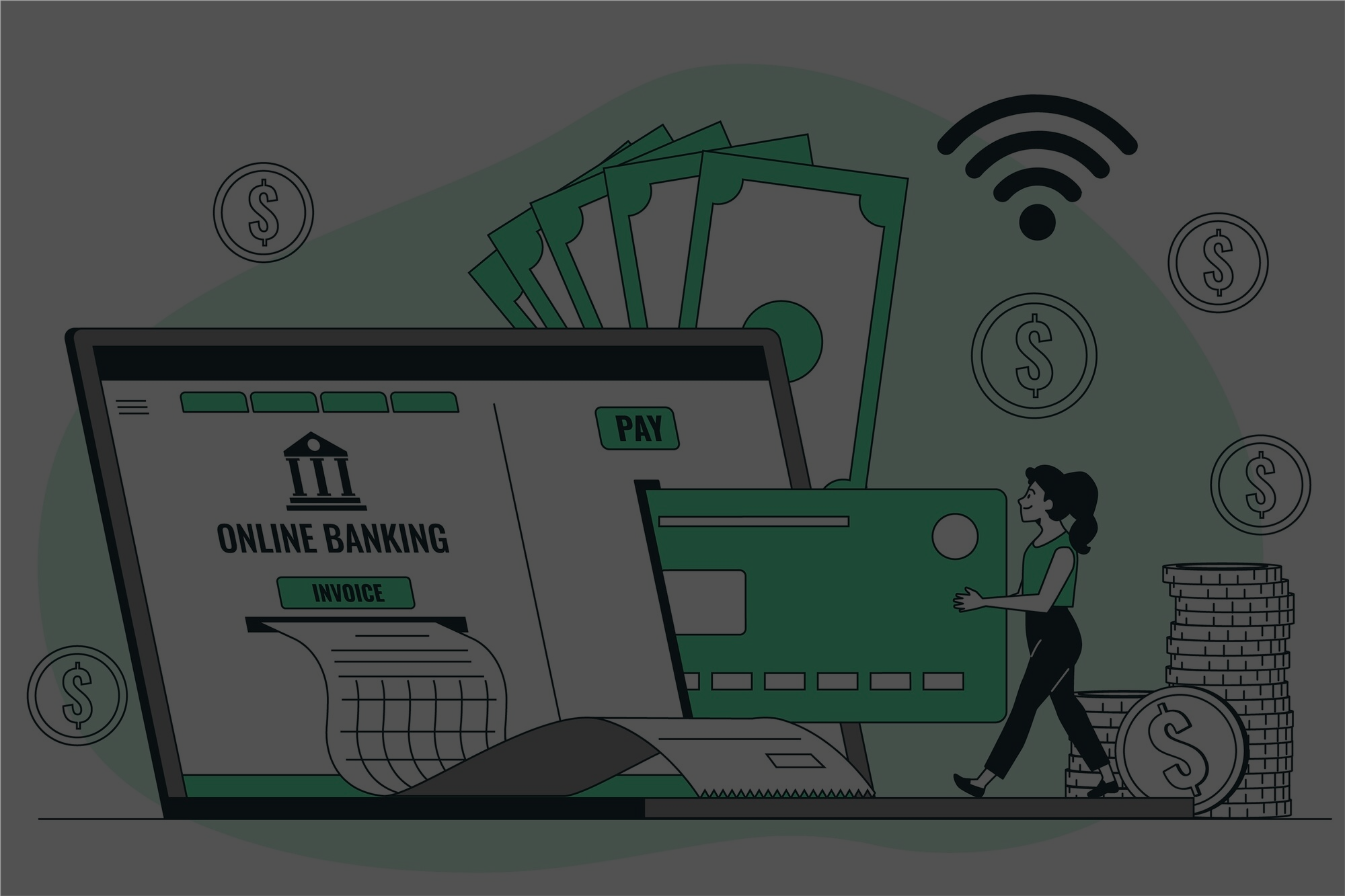The Future of Banking Tech - Global B2B FinTech Solutions
The future of banking depends on emerging technologies and customer-centric experiences.
Banks and financial institutions have realized the importance of being flexible in order to adopt evolving business models and transform as per the changing banking landscape.
Holistic, integrated FinTech solutions are readily available today to help them address the challenges of modern-day banking and maximize opportunities as they step into a brand new year.
As per the latest EY Global FinTech Adoption Index based on a survey of 27,000 consumers from 27 markets, Asia has retained its global leadership position with its extensive adoption of FinTech tools.
Young and rapidly growing economies like China and India have been quick to adopt FinTech to offer consumers a wide range of financial services digitally.
The rate of consumer usage of FinTech-powered services and finance industry solutions has increased significantly in the past couple of years across key Asia-Pacific markets with Hong Kong, Singapore, and South Korea demonstrating 67% FinTech adoption and China keeping its lead with 87% penetration.
B2B FinTech is changing the banking sector at the front, middle, and back-office at an unbelievable pace to help accommodate new demands and deliver unparalleled experiences.
AI and automation are helping banks understand their customers better while blockchain and cloud have led to innovation the world over.
Banks and financial companies are doing their best to figure out ways to get the most out of these technologies while exploring how they may work with the already existing legacy technologies.
The technical infrastructure is evolving and keeping banks on their toes to keep pace with the emerging technologies.
This has led to new trends and B2B FinTech solutions that will now pave the path for a robust tomorrow.
Here’s a quick lowdown on what the future looks like.
Blockchain
Although cross-border payments have been around for a very long time, the growing popularity of eCommerce has further accelerated the need for quick, secure, low-cost, and transparent methods of cross-border payments.
According to a recent study, B2B cross-border payments are expected to reach $35 trillion by 2022 indicating a broader growth potential.
Digital currencies like Bitcoin and Altcoins are fast becoming an integral aspect of imports and exports and hugely impact how services are being delivered across borders.
The digital currencies are decentralized and rely on blockchain technology to enable real-time transactions. While some countries are still struggling to regulate them, most have realized its potential.
With blockchain, banks and financial companies ensure:
- Privacy- Data security is of paramount importance and hence transaction details of only the participants involved in the transaction are shared.
- Transparency- A fully auditable trail is available for reference and scrutiny to ensure complete traceability and transparency within the network.
- Affordability- Companies get to save on infrastructure and verification costs as third-party verifiers or central authorities are not required to validate a transaction.
- Speed- Blockchain verification ensures quick, real-time transactions that are critical for International trade that often involves multiple parties.
Blockchain-enabled smart contracts with self-executing, self-enforcing protocols and predetermined conditions are being used to ensure compliance and trust.
Companies looking for ways to optimize cross-border payments can work in tandem with the best banking solution providers to overcome legacy cross-border payments practices and alter their payment stacks.
They need to facilitate more flexible payment management systems while offering services like routing, reconciliation, and payment analytics.
Cross-border payments can be complex and companies need to make addressing the pain points a top priority.
Explains XanPay’s founder and CEO, Jeffery Liu, “The problem for smaller businesses is that as they embrace eCommerce and expand to new markets, they face numerous issues due to how international payments are currently processed.
These include delays of up to a week, foreign exchange charges, and a typical 3% merchant fee. In addition, chargeback and credit card fraud are also widespread and can be crippling for an SMB.
By using cryptocurrency, we can avoid all of these problems."
Small and medium businesses are now using application programming interfaces (APIs) to streamline cross-border transactions and minimize friction while adding new features and services.
APIs empower them to integrate their payment systems effortlessly with third-party service providers while enabling authentication, payments processing, and regulatory compliance.
Artificial Intelligence
Artificial intelligence (AI) is playing a big role in helping the banking sector beat competition and retain its customers.
Research confirms AI will save the insurance industry almost $1.3 billion and chatbots will save banks $7.3 billion by 2023.
Conversational AI through messaging apps is bridging the gap between financial companies and their customers.
With the help of bots, these companies are now addressing important customer queries enabling quick resolutions for all kinds of problems at all times.
Communication is the key to maintaining a loyal customer base and AI helps banks achieve just that through user-friendly apps and a seamless customer experience across multiple channels.
AI helps them offer smarter B2B lending solutions through increased financial literacy and awareness.
P2P (peer-to-peer) lenders are leveraging the combined power of AI and ML through cloud-based lending management systems to get a competitive edge and get customers with higher lifetime value.
In the lending ecosystem, AI ensures:
- Productivity - AI and machine learning (ML) models that are sensitive to data change and outliers boost productivity and performance by minimizing manual intervention.
- Efficiency - AI facilitates everything from customer onboarding and KYC to legal approvals and credit checks thus making cross-functional teams as well as business models more efficient.
- Reduction in lending cycle time - By enabling automation across the lending cycle, AI accelerates loan processing
- Data-driven decisions - AI helps determine the financial standing of businesses and their loan eligibility by keeping a tab on the borrower details and reviewing their creditworthiness by assessing a broad range of data points.
Machine learning is also helping businesses leverage automated accounts payable solutions.
Such banking and finance industry solutions help them go paperless allowing them to invest their time in increasing cash flow and making data-driven decisions instead of managing tedious manual tasks like data entry.
Accounts payable automation also eliminates errors in invoice processing and approvals.
Big Data
Financial companies are sitting on a colossal volume of data that is brimming with valuable insights if used correctly.
This is where big data comes in. The best banking solutions providing company can help analyze this data - structured as well as unstructured - to arrive at important conclusions using computer algorithms.
With the help of Big Data, banks and financial companies ensure:
- Customer segmentation- Companies segregate their customers based on factors like age, geographical location, gender, income, spending patterns, and health to get key insights that can augment their reach and profitability.
- Fraud detection- Security is paramount when it comes to the world of finance and big data allows companies to examine behavioral patterns on a macro level to detect fraud and protect consumer data.
- Risk management- Financial companies are in a better position to assess the risk associated with lending to certain business entities by looking into trends and patterns that may have gone unnoticed.
Big data analytics is crucial for the banking and finance sector worldwide to streamline business operations efficiently and is predicted to grow at a CAGR of 22.97% during the period between 2021 and 2026.
With data and government regulations increasing with the number of devices that are being used by customers to initiate financial transactions, big data will continue to assume a big role in digital banking.
In closing
Technology and innovation are challenging traditional ways of banking making it imperative for banks to drive the experience digitally to win over customers and keep them happy.
Besides, electronic B2B payments are constantly on the rise and the pain points in digital adoption can be overwhelming unless you seek the services of a digital transformation company to help you fast track your FinTech adoption endeavors.
Our team of experts at TransformHub can help you develop new banking industry solutions for the increasingly connected modern consumers of today.
Share this
You May Also Like
These Related Stories

5 Reasons Why Banking and Financial Services Organizations are Building a Digital Workforce

Open Banking APIs - Driving the future of the banking sector





